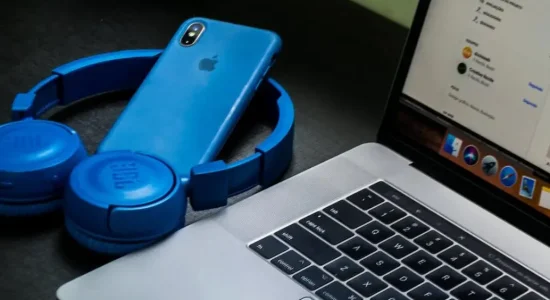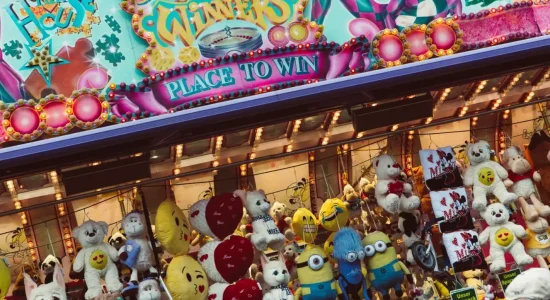Buying and selling online has been steadily gaining traction in recent years, with different platforms providing plenty of opportunity for even the least enterprising folk looking to turn items into dollars. Poshmark is one such platform, and it caters to a variety of fashion products and more.
You can send handmade items on Poshmark. It’s a breath of fresh air in this virtual marketplace that made a name for itself primarily by dealing in pre-owned clothing. Handmade fashion and accessories are welcome here, too, allowing you to share your creativity with other buyers on the network.
Poshmark has had to establish policies and guidelines to ensure its success and the satisfaction of both its buyers and sellers on this platform. In this article, I will be looking at 5 facts about selling handmade items on Poshmark, so keep reading to find out more.

Selling Handmade Items on Poshmark
1. The Handmade Items Should Fall Into One of the Market Categories
Poshmark has emerged as one of the leading platforms for buying and selling online. Even college students make extra money this way.
It’s all very simple and begins with understanding the categories and markets in place on Poshmark.
Several items are described on Poshmark’s Prohibited Items page. In a nutshell, they actually do allow select items on their website organized into certain categories on their “Posh Markets” for convenient shopping. The system filters items into these specific markets. They are as follows:
| All Market | This comprises products from all categories and markets. |
| Women’s Market | This comprises products under the Women’s fashion and accessories category. |
| Men’s Market | This comprises products under the Men’s fashion and accessories category. |
| Kids Market | This comprises products under the Kids’ fashion and accessories category. |
| Beauty & Wellness Market | This includes beauty & wellness products within the Womens, Mens, and Kids’ categories. |
| Boutiques Market | This market is for items that are: New with tagsHave multiple quantities per style Have been tagged as Boutique |
| Electronics Market | Electronics and accessories. |
| Home Market | This comprises all items found under “home” with subcategories including the following: AccentsArtBathBeddingDesignDiningGamesHolidayKitchenOfficeParty SuppliesStorage & OrganizationWall Decor |
| Luxury Market | This comprises items such as clothing, bags, shoes, accessories, and jewelry. |
| Pets Market | Pet-related accessories. |
| Plus Size Market | This market is for Women’s clothing sizes 14/XXL and up. |
| Wholesale Market | This market is for the purchase of wholesale merchandise and is open only to select qualified seller stylists. |
If you are planning to sell handmade items on Poshmark, you should first determine whether they fit into any of the above categories and markets.
Confirming whether there is a place for your products on Poshmark is a sure way to save you trouble down the line. But that’s just the tip of the iceberg — the first step to the marketing success of your handmade crafts.
The following facts on selling handmade items are just as vital to ensuring your products can be sold on Poshmark without any hiccups.
2. The Handmade Items Should Be Clean & in Good Condition
This requirement hits mostly at pre-owned items for sale on Poshmark. But it easily applies to all the products sellers put up on the marketplace.
When it comes to handmade items, your craftsmanship will certainly be the foremost factor that buyers take into consideration when perusing your listings.
However, the care you take in cleaning up the end product will also have a bearing on how buyers rate their purchase.
Being meticulous in your handiwork, from the beginning to the finishing touches and beyond, will not only ensure that your items can stay on Poshmark, but it will bring in more buyers and more income as well.
3. The Handmade Items Should Not Be Replicas
Poshmark has strict policies against the sale of replicas and fakes. In line with that, any handmade items you create and hope to sell should not be imitations of other products, especially those by established brands.
The sale of handmade items on Poshmark gives the sellers more elbow room for their individual creative expression, and you should make the most of it.
Originality will not only help your products stand out, but it will also safeguard you from violating Poshmark’s policy on replicas and fakes.
4. The Handmade Items Should Not Misrepresent Cultural Arts & Crafts
Poshmark is sensitive to how products on their marketplace could be used for cultural appropriation. The risk for this may be higher with handmade fashion and accessories.
Although the intentions of the sellers and buyers may be inoffensive, items using cultural elements may still be deemed improper.
Poshmark particularly singles out the misrepresentation of the arts and crafts of the Native Americans or American Indians.
So if you are looking to have success selling handmade items on Poshmark, it is advised that you altogether avoid the use of cultural themes in your creations.
5. Do Not Use Products Derived From Threatened or Extinct Species
The use of materials derived from threatened or extinct species to create products is illegal in nearly all avenues of trade. Poshmark is no exception.
The United States Geological Survey defines threatened species as a species that is “likely to become endangered within the foreseeable future.”
Animal products used in fashion and accessories include leathers, furs, wools, silks, and feathers.
Consider the materials you work into your creations as a violation of this policy will lead to penalties against you.
Final Thoughts
Poshmark may not be the first platform that comes to mind when one thinks of selling handmade items online. But you can successfully sell your products there, provided you abide by the company’s policies.
The first step is making sure your items can be classified into one of the market categories and are clean and in good condition. Then you’ll also have to observe the more particular requirements.
Your items should not be replicas and should not misrepresent cultural arts and crafts. Moreover, the animal products you use in their creation should not come from threatened or extinct species.







